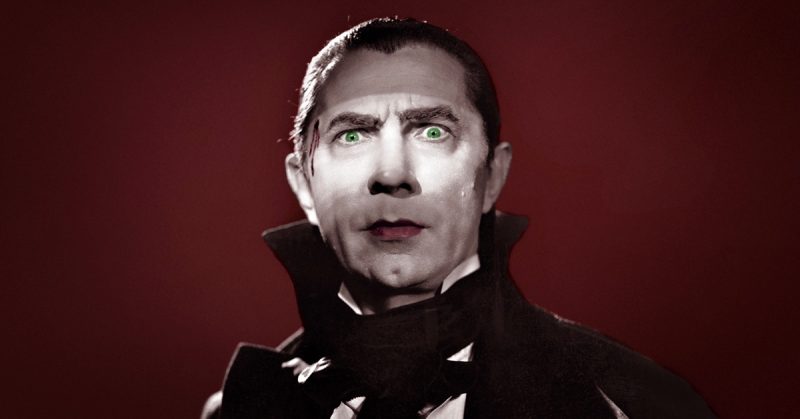Famous for baring his fangs as Dracula on the silver screen, few men were more iconic villains than Bela Lugosi during the 1930s.
Nicknamed the King of Horror, Lugosi, with his Hungarian accent and dramatic sense, was the perfect portrayal of the vampiric menace.
But what most people do not know, is that the horror portrayed on screen was nothing compared to the horrors that he saw when fighting in World War I.
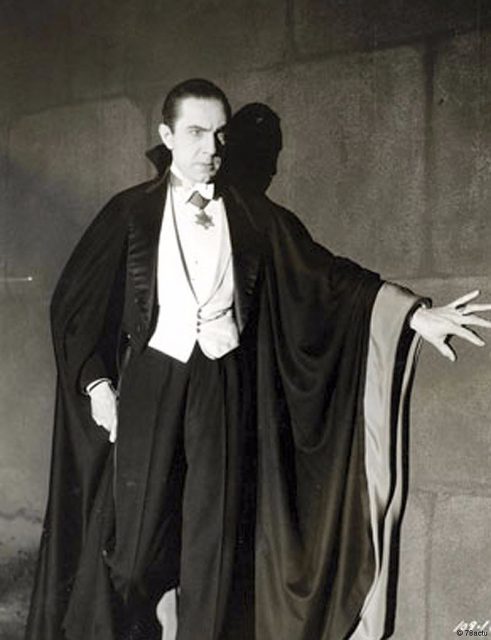
Often glossed over because of his storied career as an actor, Lugosi’s history before coming to America was full of human misery.
While working as a stage actor in 1914, the war to end all wars broke out, plunging Europe into violent combat that would ultimately kill over nine million soldiers by the time it was all done.
Although he was exempt from the draft, as being an actor was a protected class in Hungary, Lugosi still felt the call to take up arms and serve his country.
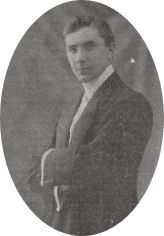
His motivation for joining the war remains a mystery. Regardless of the reason, he saw fit to join the Austro-Hungarian army, where he would serve on the Eastern Front.
He was deployed to Galicia as an infantry lieutenant in the 43rd Royal Hungarian Infantry. The Austro-Hungarian army’s objective was to launch an offensive attack against Russian controlled Poland. Such a plan ended in a significant amount of deaths among the Hungarian army, with over 100,000 killed.
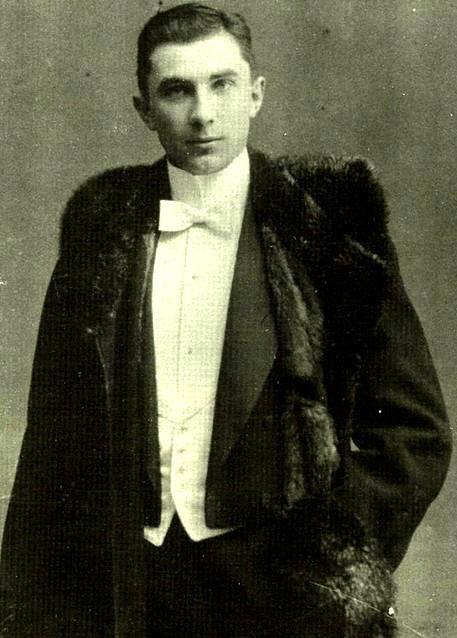
Proving to be a competent soldier, Lugosi would find himself promoted to ski patrol and sent to fight in the Carpathian Winter War.
The snowy, frozen Carpathian Mountains were a serious battleground for the Russians and the Hungarians.
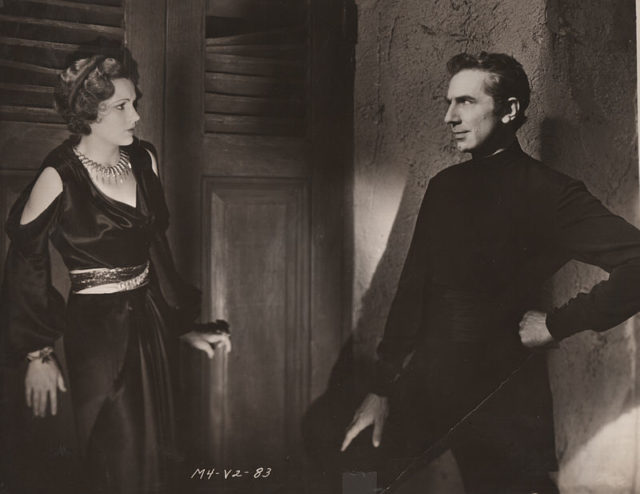
The winter conditions were bleak and took the lives of plenty of men on both sides. Yet Lugosi and his unit would continue to serve faithfully in a war zone that had an estimated casualty rate of 50 percent.
There are few instances of Lugosi sharing his thoughts on the war. Like most men who saw the horrors of war, he preferred to keep his thoughts and feelings bottled up.
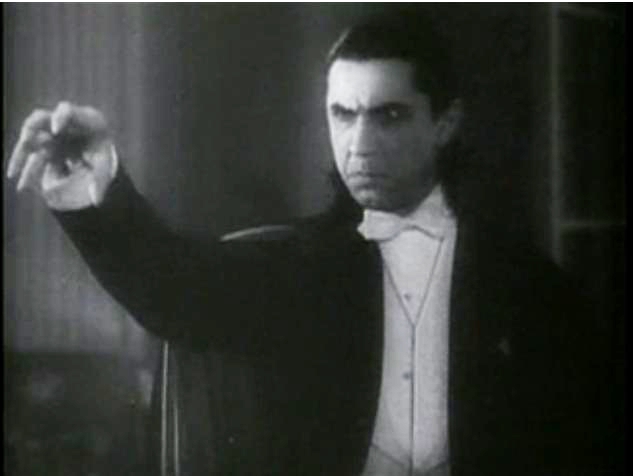
Yet, in one interview he was willing to give a single account on a fateful brush with death. In a forest, he and his unit were gathered together, fending off the Russian intruders to prevent them from gaining control of the woods.
With a firing line of machine guns, the Russians kept Lugosi’s unit under constant pressure, and one officer made a near-fatal mistake.
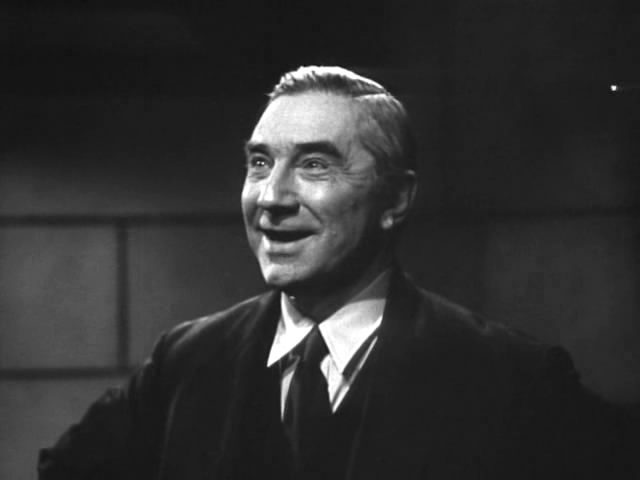
He left himself exposed just long enough for one of the guns to take him down.
Lugosi rushed to the officer’s aid, leaving the cover of the large tree that he had been hiding behind. Successfully, he aided the man and began to make his way back to his original cover, only to find that the tree had been utterly decimated by an explosion.
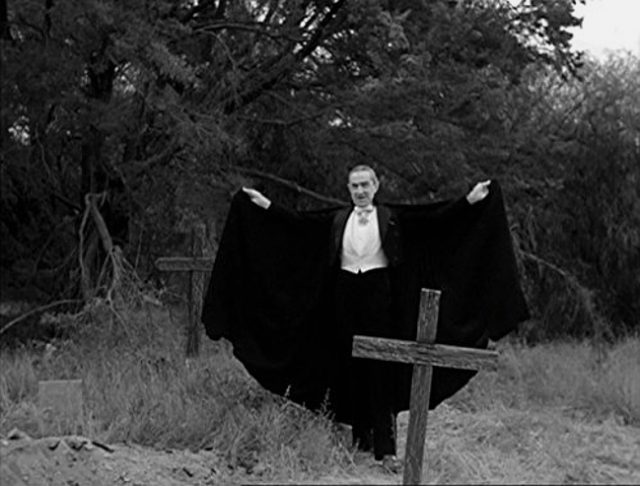
Such a realization, that had he not gone to help his fellow man he would have been killed in an instant, left a deep impact on Lugosi’s mind.
He was grateful for having survived and would continue fighting on the Eastern Front until 1916.
Having been wounded twice while fighting, Lugosi was awarded the Wound Medal, an award for those who were injured or disabled in the line of duty.
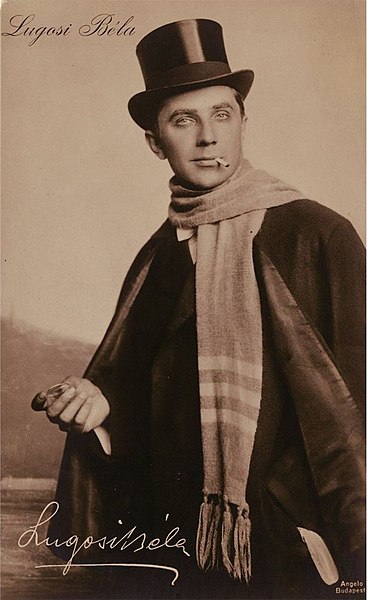
Yet, in spite of his physical injuries and need for time to recover, Lugosi returned to the fighting. He would eventually be discharged in 1916 and would return to performing in Hungary.
With the war behind him, Lugosi moved forward with his career, working diligently in Budapest at the National Theater.
But in 1919, the political atmosphere of Hungary changed radically. Two revolutions in quick succession led to the establishment of the Hungarian Soviet Republic, a communist state.
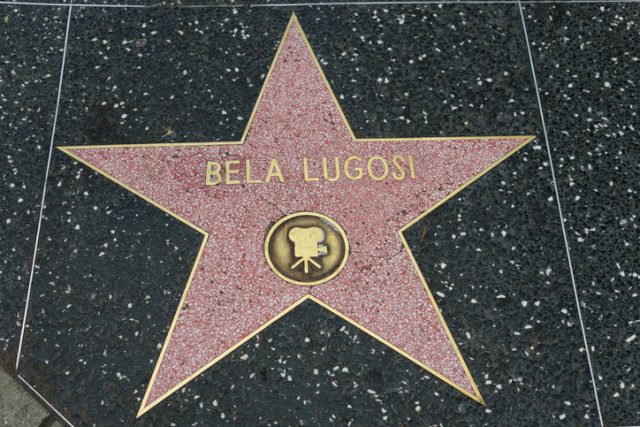
Bela Lugosi, having a part in the actor’s union, was left-leaning and welcomed the pro-worker stance of the communist party. Yet, this Soviet state would be short-lived.
By August 1919, the Romanian invasion of Hungary led to the exile of most communist parties.
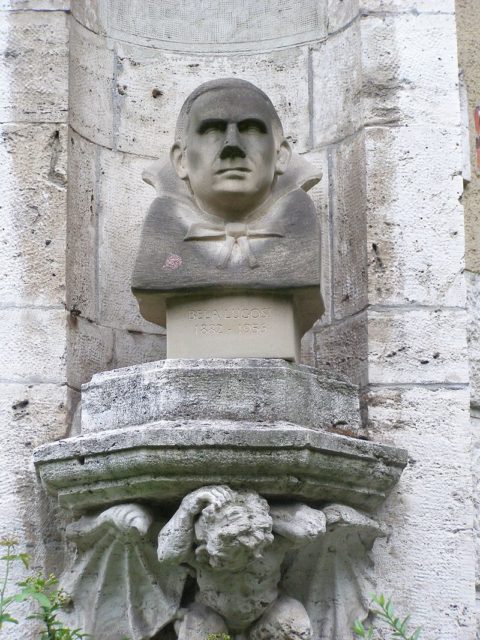
What followed after the invasion of Hungary was known as the White Terror, a period in which left-leaners, communist sympathizers and liberals were targeted and killed by counter-revolutionaries.
Bela Lugosi, being one of those individuals who could be caught and executed, saw the writing on the wall and decided that it was time for him to leave his homeland behind.
He would sneak out of the fractured country and make his way to Weimar Germany for a time, before arriving in America in 1920.
Read another story from us: Dazzling Poster for 1932’s ‘The Mummy’ Set to Break Records at Auction
It would be in America that he would achieve fame as the iconic Dracula of the 1930s. The past was left in the past, and Lugosi rarely mentioned what really happened in the Great War.
